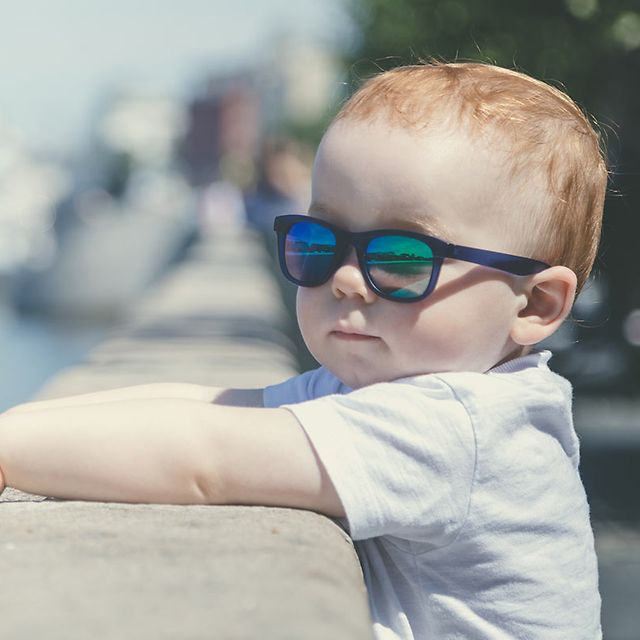Spending time outdoors can be a brilliant way to unwind, and it provides health benefits too. But to take full advantage of the great outdoors, it is also important to keep your eyes healthy and protect yourself from the damaging effects of the sun's ultraviolet light (UV).
Many of us know our skin needs protection from UV damage. However, our eyes are up to ten times more sensitive to UV damage than our skin and yet 50% of people don't protect themselves by wearing sunglasses.
How much do you know about how UV rays affect the eyes? Find out all you need to know about UV light and eyes by reading these common myths:

Myth: "Children don't need sunglasses"
Busted: Up to 80% of the eye's lifetime exposure to UV light is reached before the age of 18, which makes UV protection particularly important in childhood. Because children's eyes have larger pupils and clearer lenses, they are more susceptible to sun damage. Plus, despite children generally spending more time outdoors than adults, 70% of them still don't wear sunglasses in the UK.
Myth: "Lenses with a darker tint give more protection"
Busted: Lenses with darker tints do not necessarily offer more protection. Even glasses with clear lenses can offer protection from UV eye damage. In fact, dark lenses which do not offer a sufficient level of UV protection can be more damaging because they cause the eye's pupils to dilate (get bigger) and let in more harmful light.


Myth: "Sun damage to the eyes is temporary"
Busted: Some sun damage is temporary, like some cases of snow blindness. But most damage develops over time, due to the cumulative effect of UV exposure, and eventually becomes irreversible. Clear parts of the eye, like the lenses, absorb UV light and gradually yellow, leading to cataracts. Sun damage also contributes to age-related macular degeneration.
Myth: "All sunglasses offer the same UV protection"
Busted: The level of UV protection provided by sunglasses can vary. At Boots Opticians all our sunglasses meet the British Standard of EN ISO 12312-1:2013.


Myth: "I only need sunglasses when the sun is out"
Busted: Your eyes need protection from the sun all year round, even on cloudy days. Cloud cover only reduces the amount of UV light by 10%. In the evenings and mornings we also get more light from reflective surfaces like roads. Because UV is found in the invisible part of the light spectrum, we can't see it or feel it. Plus, depletion to the ozone layer means it acts as less of a barrier, making UV protection even more important.
Myth: "I can't wear sunglasses with corrective lenses"
Busted: More than 50% of glasses wearers have no corrective sunglasses. Although you can get UV protection added to contact lenses, and even to glasses with a clear lens, for the highest level of protection we always recommend a pair of sunglasses. At Boots Opticians, all our sunglasses are available with prescription or non-prescription lenses, depending on your needs.

Now you know your fact from fiction when it comes to protecting your eyes from UV damage, you can use our guide to help you choose the right sunglasses for your needs.







